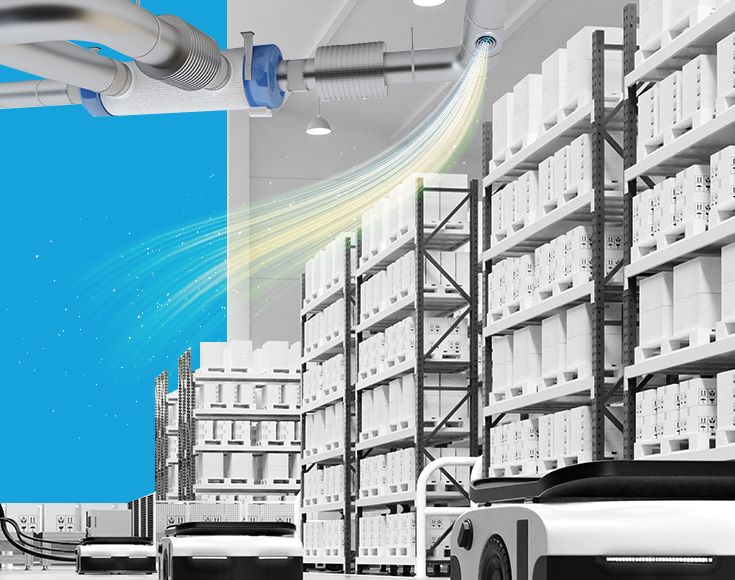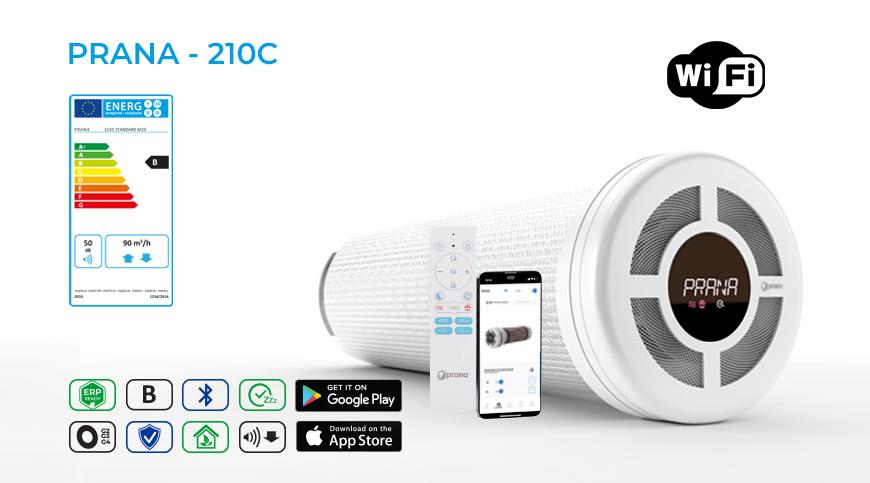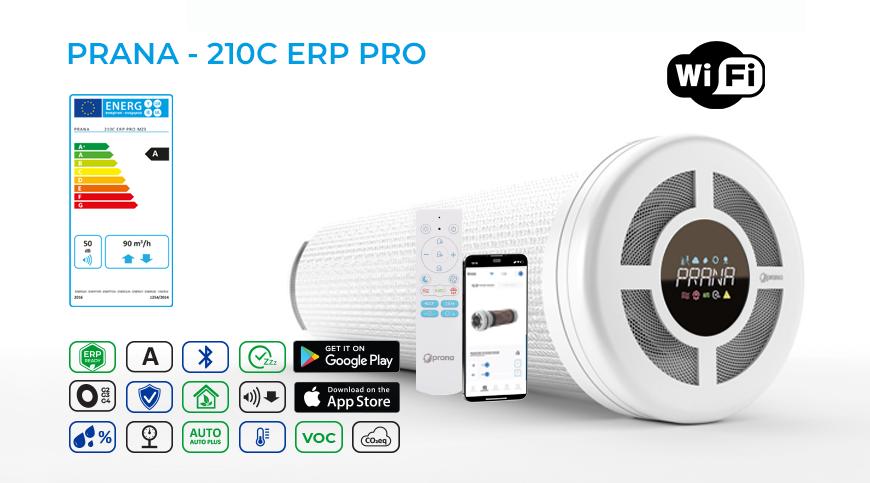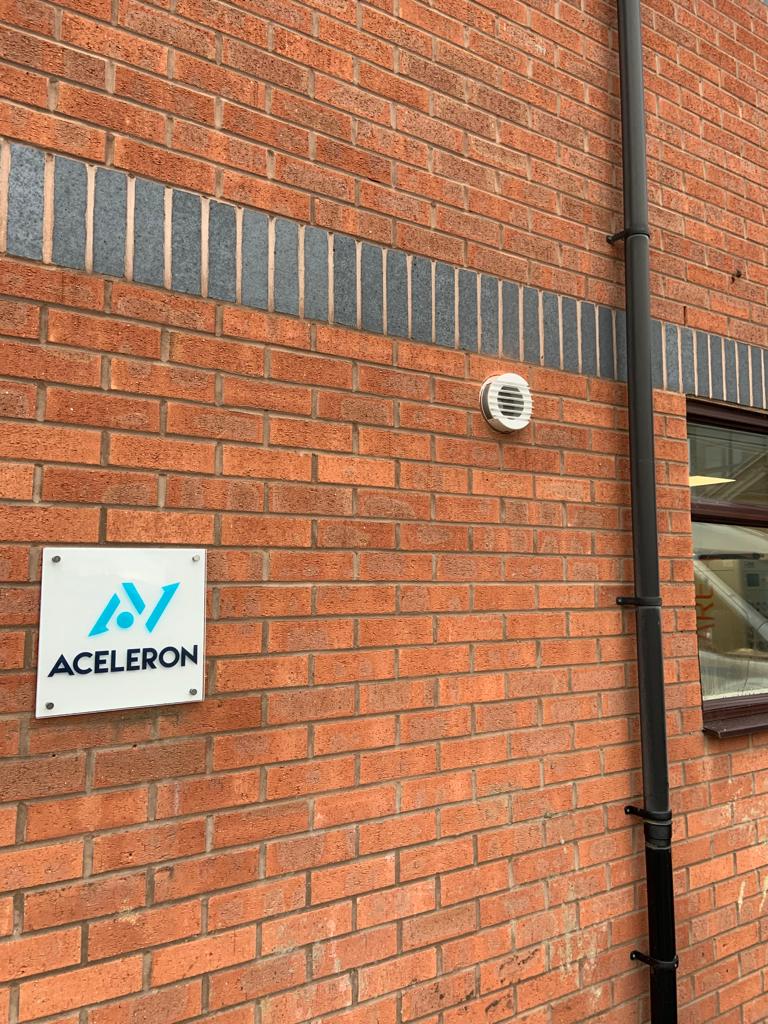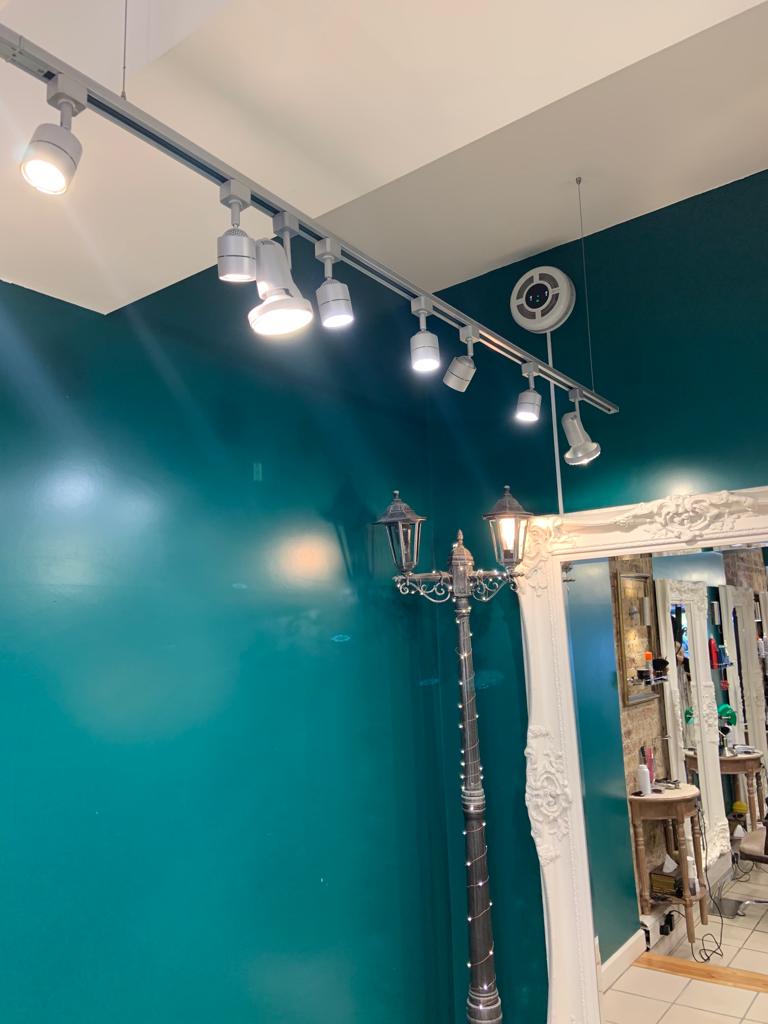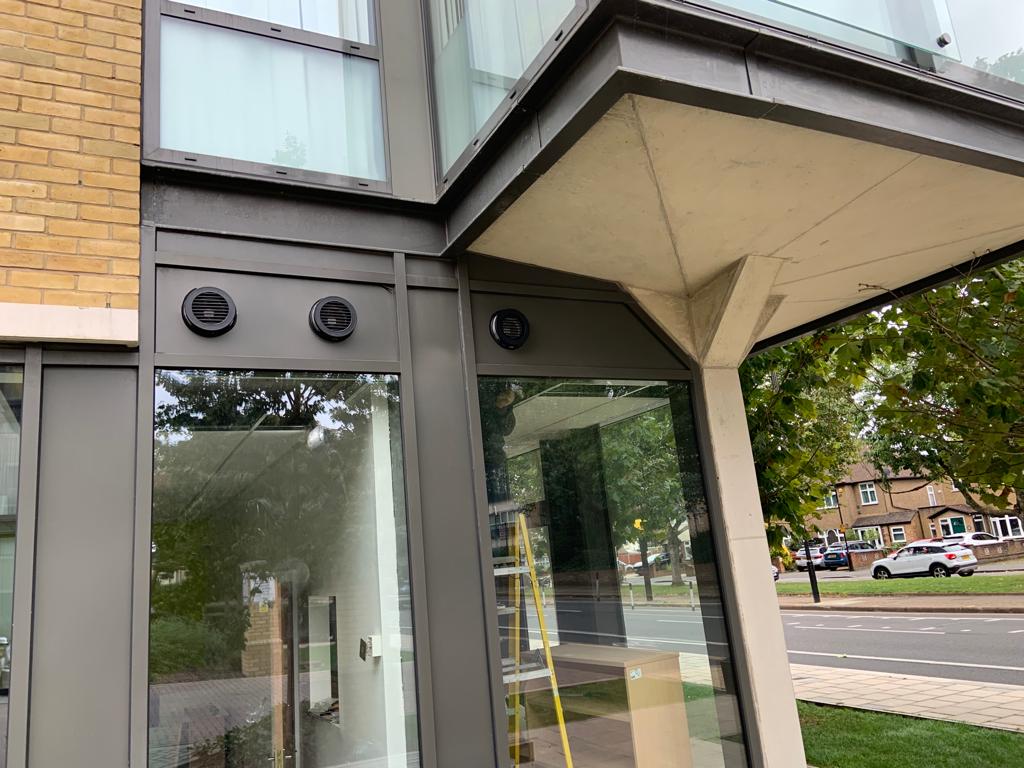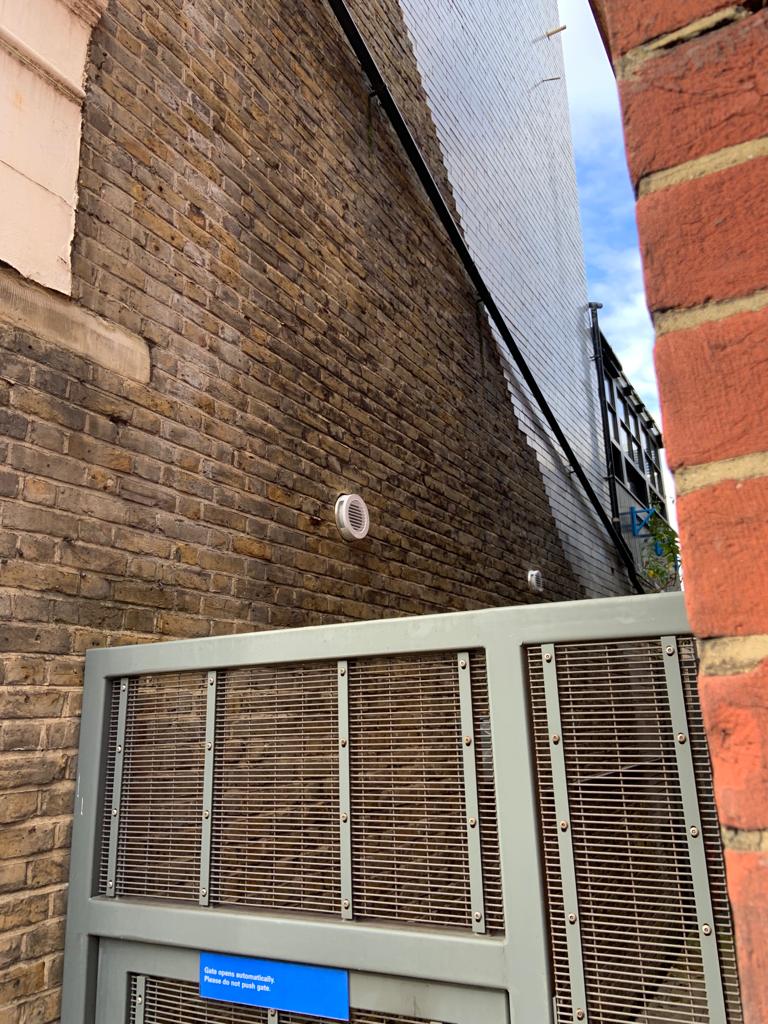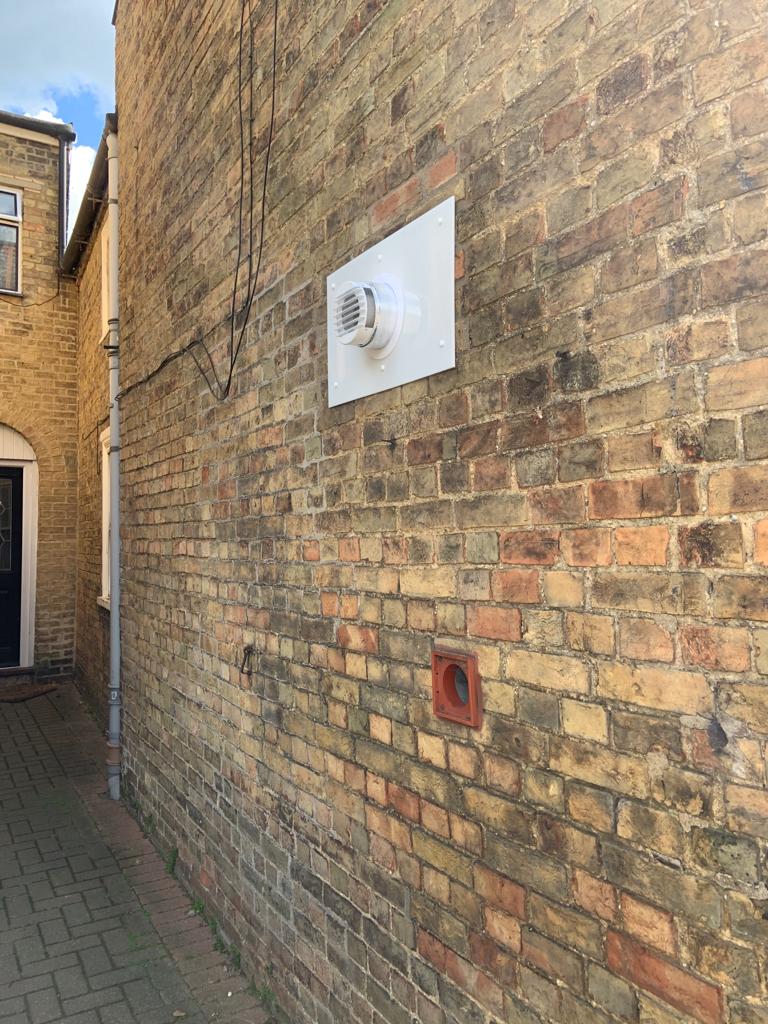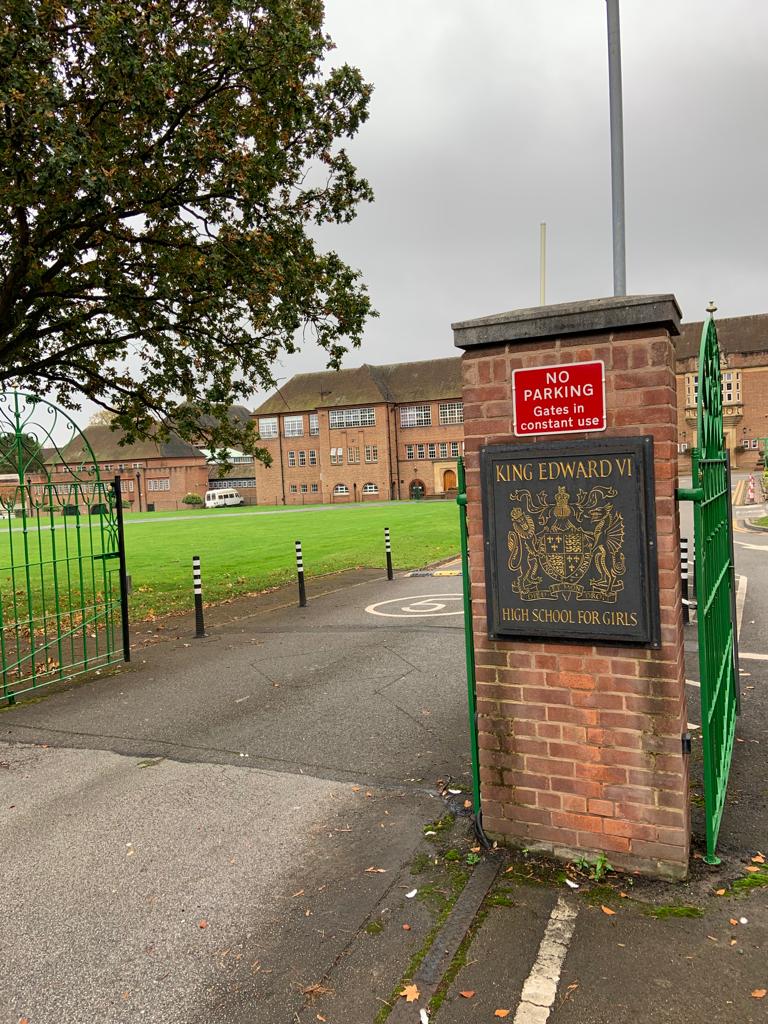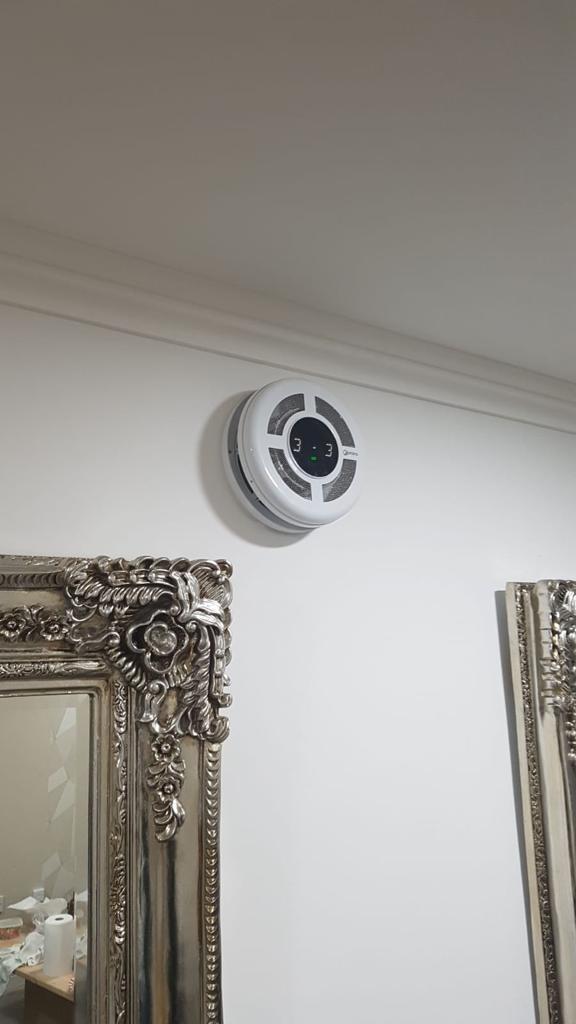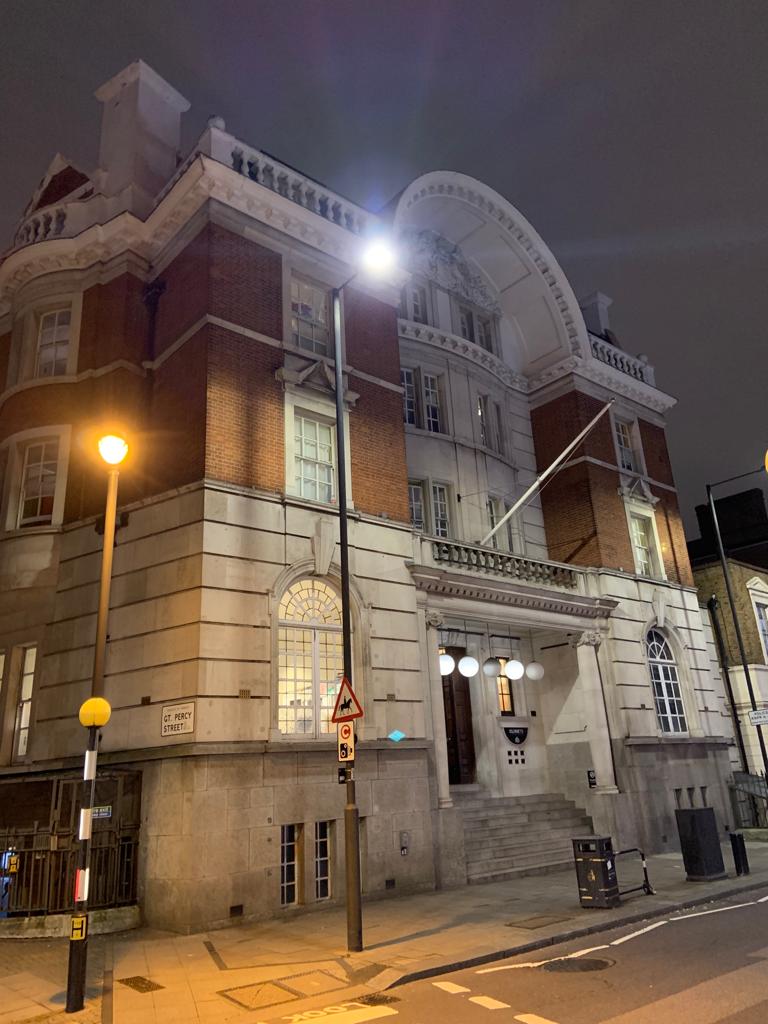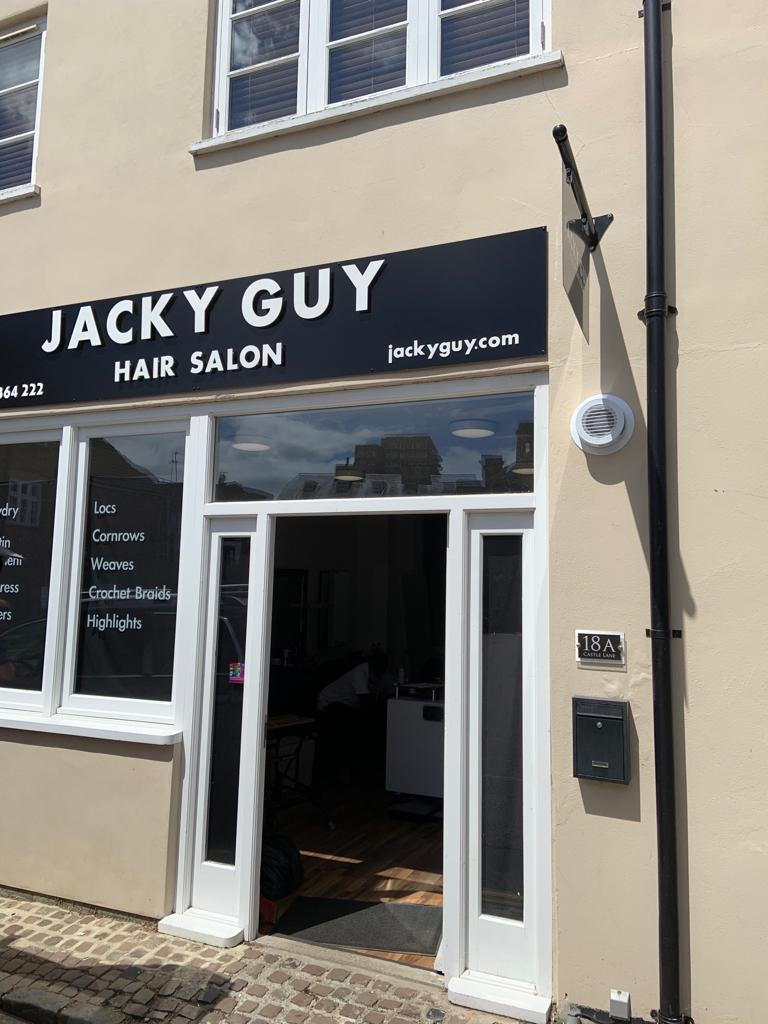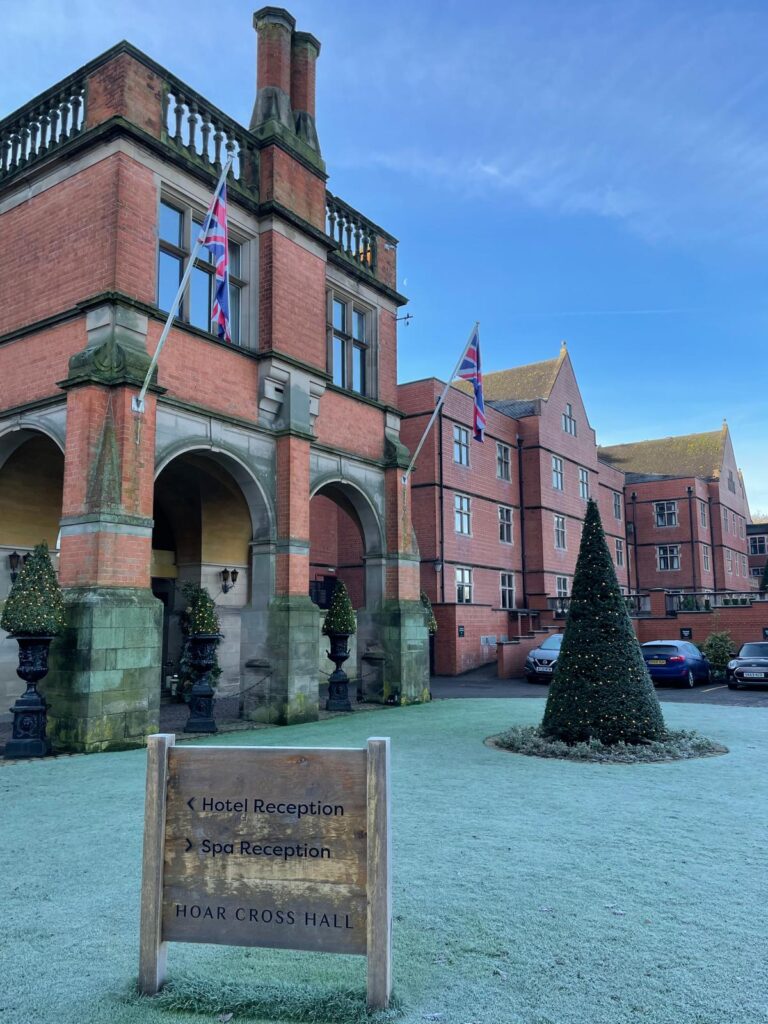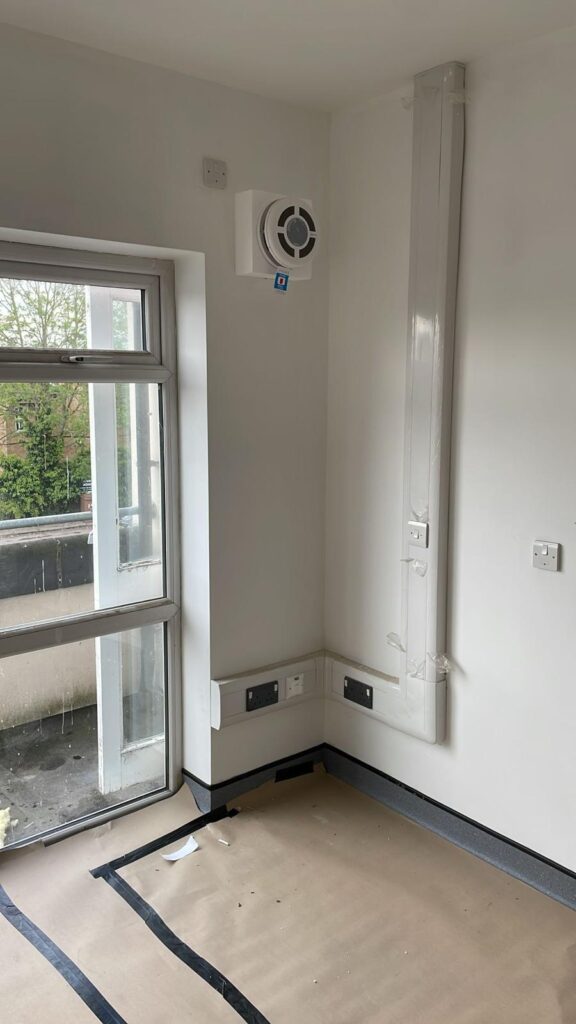Enjoy a Healthier Environment with the help of our Commercial Ventilation Systems
Commercial MVHR systems are also known as decentralised MVHR, play a crucial role in creating a comfortable and healthy environment in the workplace. Whether you manage a restaurant, an office, or a manufacturing facility, properly ventilating your building is one of the most effective ways to protect your customers, products and employees.
Our commercial MVHR systems are a revolutionary solution to problems such as mould, damp and condensation that many of us now face. Through the use of advanced VOC sensors and humidity and CO2 monitors, our devices automatically adjust and regulate the air quality and temperature in any indoor space.
Commercial MVHR units
Commercial ventilation completed projects
Commercial heat recovery system for your Business
The air quality in a workspace can heavily impact the wellbeing and productivity of its occupants. A properly designed ventilation system with heat recovery unit continuously supplies fresh air to a premise while also removing pollutants, odours and excess moisture from it. By reducing the concentration of harmful substances and airborne contaminants, you can create a healthier environment that promotes employee satisfaction and reduces the risk of respiratory issues.
While providing a healthy indoor environment for employees and customers is crucial, it is also important to take energy efficiency into account. A well-designed ventilation system incorporates energy-saving features, variable air volume controls, and demand-based ventilation, which help drastically minimise operating costs.
These technologies help reduce energy consumption by efficiently balancing airflow and temperature control, resulting in significant long-term savings.
How To Choose d MVHR System For The Commercial Building
There are several key considerations and specification when selecting a dMVHR system for a commercial building:
- Evaluate building size and layout. Determine the size and layout of the building and the specific ventilation requirements for different areas.
- Calculate airflow requirements. Calculate the required airflow based on the building volume and required air changes per hour (ACH).
- Efficiency. Look for high heat recovery efficiencies (ideally greater than 90%) and low specific fan power (SFP) for energy savings.
- Noise levels. Choose systems with low noise levels, especially for areas near workspaces or meeting rooms.
- Control features. Select systems with advanced control options, such as intelligent controls and sensors for CO2 and humidity.
- Installation and maintenance. Ensure professional installation and choose systems with easy access for maintenance.
- Cost and Compliance. Balance initial costs with long-term energy savings and ensure compliance with local building codes.
Contact us to take care of efficient ventilation in commercial spaces!
FAQ
Prana offers manufacturing market leading solutions in field of ventilation. Our mechanical ventilation with heat recovery absorb exhaust heat energy and reduce heating costs by reusing heat that would otherwise be lost. They improve indoor air quality by providing fresh, filtered air while removing stale air and pollutants. Additionally, they help to control humidity levels and reduce condensation. The use of a recuperator also helps to significantly greatly decrease carbon emissions into the atmosphere.
Yes, it is possible to retrofit one of our devices into an existing commercial building. However, the feasibility and complexity of the installation may vary depending on the building’s design, existing ventilation system, and available space. It’s best to consult with a professional heating and ventilation engineer to assess the suitability and requirements for retrofitting a heat recovery system in your building.
Yes, commercial heat recovery system can be integrated with other HVAC (Heating, Ventilation, and Air Conditioning) systems in commercial buildings. They can work in conjunction with heating and cooling systems to provide a comprehensive and energy-efficient solution for maintaining a comfortable indoor environment. Plate heat exchangers are typically 80-90% efficient, and their low profile makes them ideal for use in ceiling voids or where space is at a premium.
Yes, commercial heat recovery system can incorporate features to help with noise control. These can include insulated ductwork, noise-reducing components, and sound attenuation measures. By selecting a system with proper acoustic design and implementing noise control strategies, the impact of the ventilation system on ambient noise levels can be minimised.
Contact us
SEND YOUR MESSAGE

